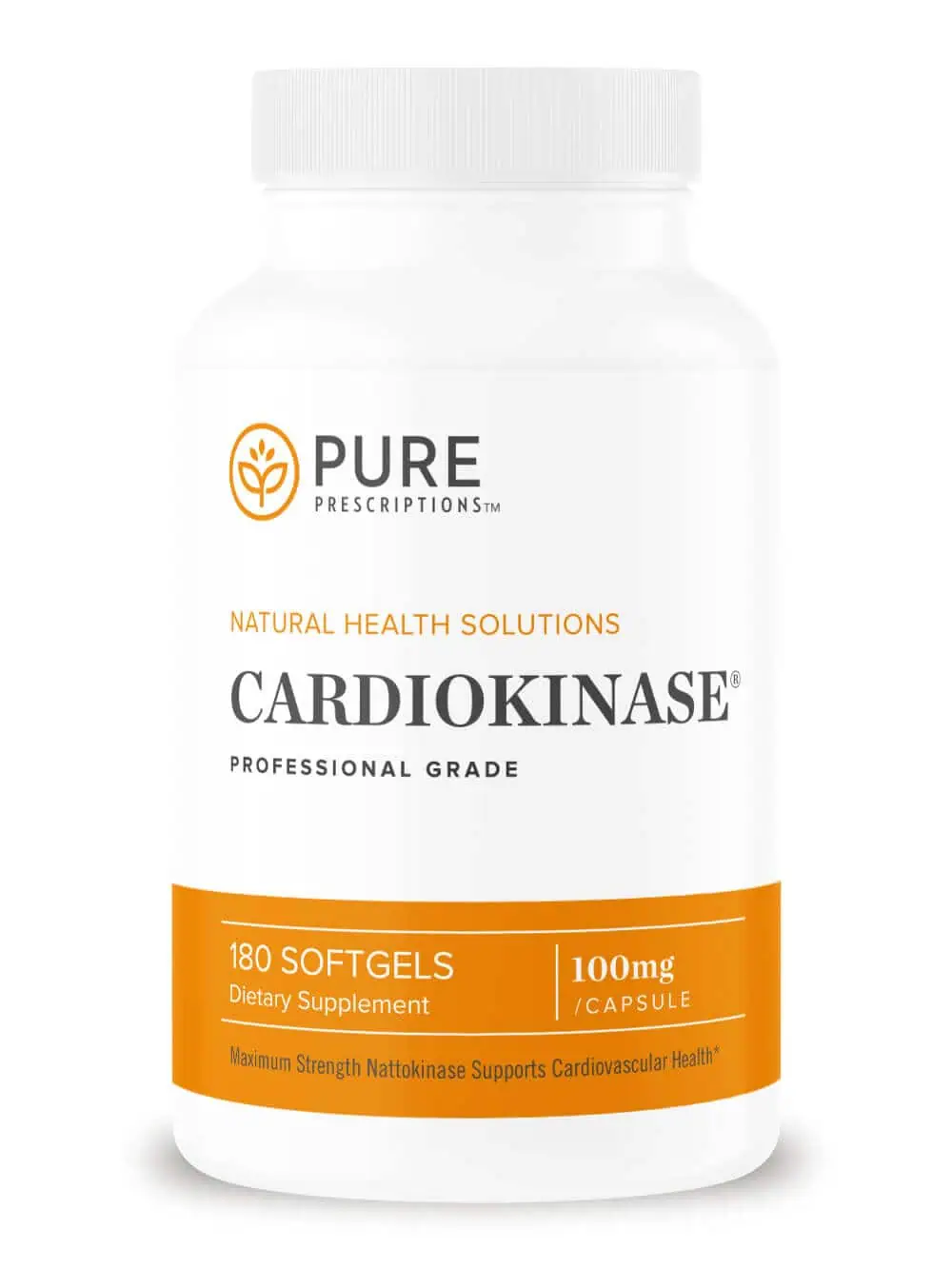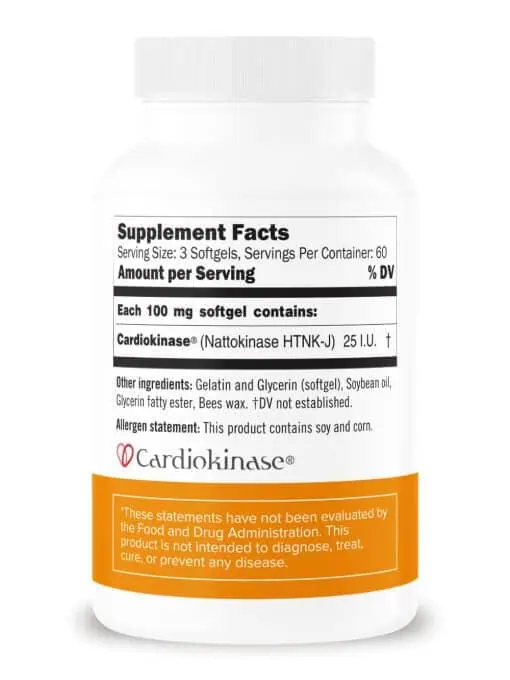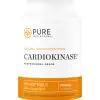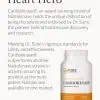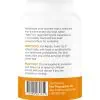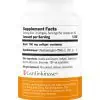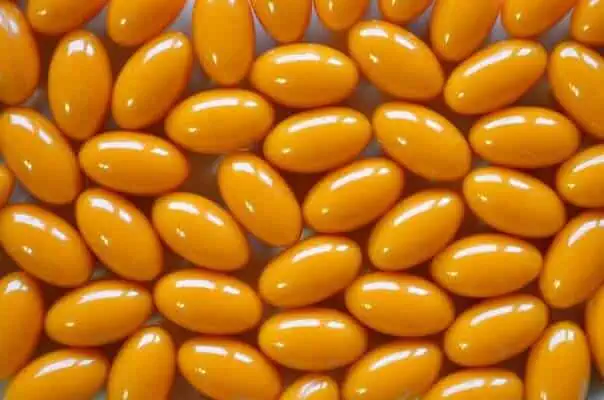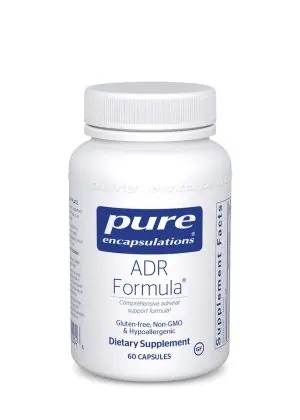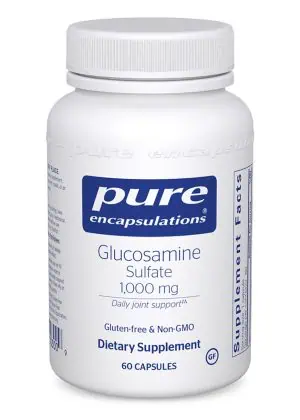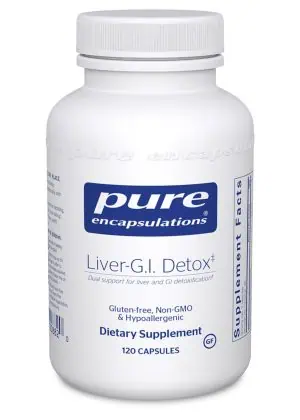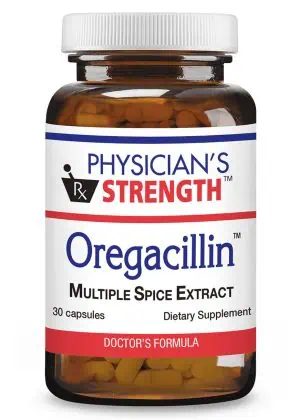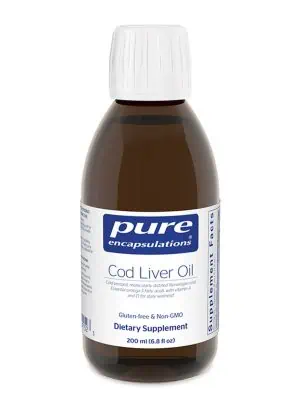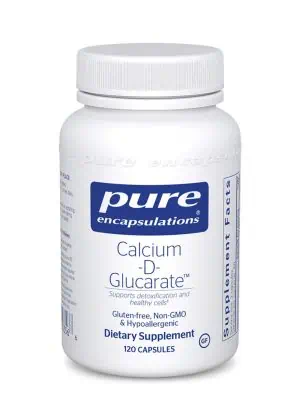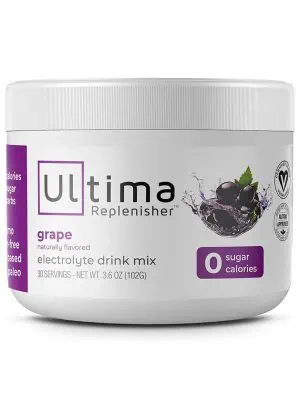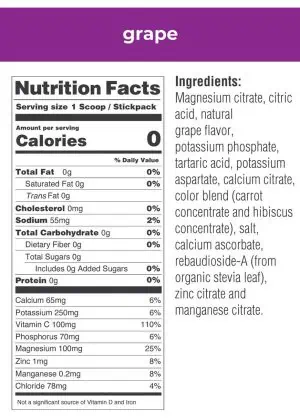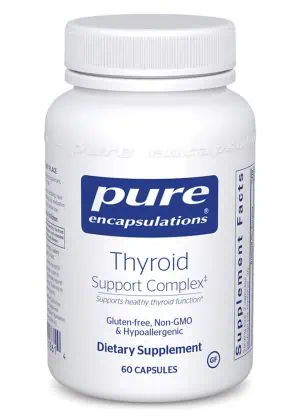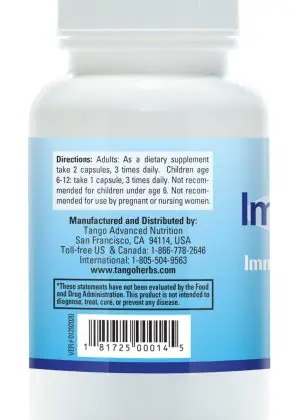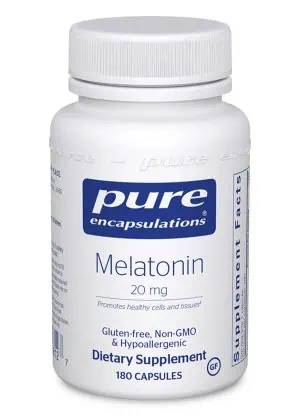Cardiokinase™ (Nattokinase)
Heart Hero.
Cardiokinase®, an award-winning brand of Nattokinase, holds the unique distinction of being the sole brand endorsed by Dr. Sumi, the pioneer behind Nattokinase discovery and research. Meeting Dr. Sumi’s rigorous standards for safety and effectiveness, Cardiokinase® outperforms all other Nattokinase strains in activity, securing its position as the most potent Nattokinase available on the market.
What is Nattokinase?
Nattokinase is an enzyme derived from natto, a traditional Japanese food made from fermented soybeans. It has attracted considerable interest for its potential cardiovascular health benefits. One brand that stands out in the realm of Nattokinase supplements is Cardiokinase®.
What makes Cardiokinase® unique?
Cardiokinase® holds a unique position in the realm of Nattokinase supplements, largely due to its endorsement by Dr. Hiroyuki Sumi, the original discoverer and leading researcher of Nattokinase. This prestigious stamp of approval is not extended to any other Nattokinase product, establishing the singular status of Cardiokinase®.
Dr. Sumi’s research into Nattokinase, an enzyme derived from a traditional Japanese food called natto, led him to uncover its potential benefits in promoting cardiovascular health. It was his rigorous scientific investigations that revealed the enzyme’s ability to help in the breakdown of blood clots, making it a valuable asset in supporting heart health.
To meet Dr. Sumi’s exacting standards for safety and efficacy, Cardiokinase® is produced with meticulous attention to detail and quality control. It’s this commitment to excellence, validated by Dr. Sumi’s endorsement, that sets Cardiokinase® apart from other Nattokinase supplements on the market.
Notably, Cardiokinase® boasts higher activity levels than any other Nattokinase strains, marking it as the most potent Nattokinase available. This superior potency, combined with the product’s safety record and Dr. Sumi’s endorsement, underscores the uniqueness of Cardiokinase® in the field of cardiovascular health supplements.
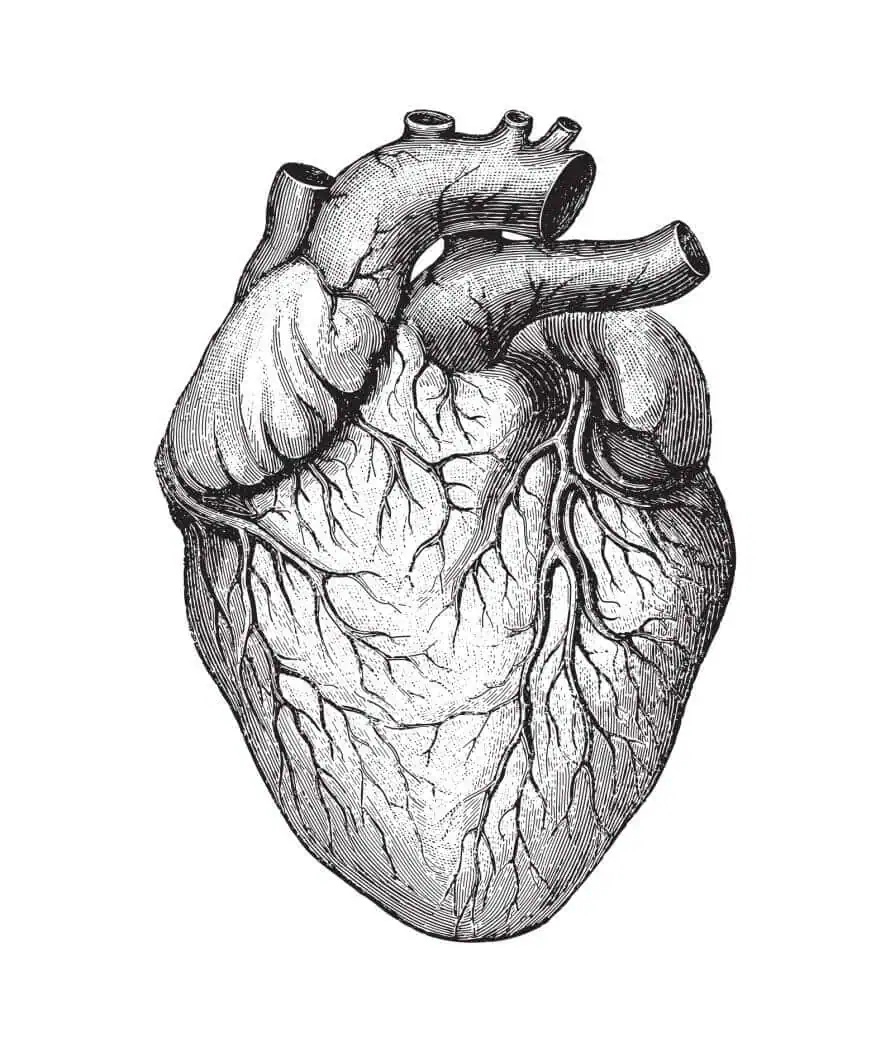
Better Cardiovascular Health
Benefits of Daily Usage
HEALTHY BLOOD FLOW*Nattokinase supports healthy circulation by assisting in the breakdown of fibrin, a protein involved in blood clot formation. This can help maintain a smooth and fluid blood flow throughout the body. |
|
SUPPORTS HEART HEALTH*By helping support healthy blood clotting, Nattokinase can contribute to overall heart health and cardiovascular function.* |
|
BLOOD PRESSURE REGULATION*Some research indicates that Nattokinase may help to maintain healthy blood pressure levels, contributing to cardiovascular wellbeing.* |
|
NATURAL FIBRINOLYTIC ACTIVITY*Nattokinase promotes the body’s natural fibrinolytic activity, i.e., the process that naturally dissolves blood clots. This action is crucial in maintaining a healthy balance between clot formation and dissolution, supporting normal blood flow.* |
What People Are Saying
![]()
Fantastic product- have been using it for years now. As a physician, I had suffered an injury to my lower leg that had caused a DVT. This had become a real nuisance to deal with, as well as a risk for more serious troubles. Using the Cardiokinase that risk has been mitigated, and I have done very well. I will continue to take it daily as a protection from clots!
![]()
![]()
Cardiokinase® (Authentic Nattokinase), offers several potential benefits:
Heart Health and Circulation: Cardiokinase contains a potent form of Nattokinase, which is known for its ability to improve heart health and overall circulation. It is suggested to naturally dissolve harmful blood clots, potentially reducing the risk of cardiovascular events like strokes or heart attacks.
Blood Pressure Regulation: Nattokinase, including the Cardiokinase brand, has been studied for its effects on blood pressure. Some research indicates that it might help in promoting positive effects on blood pressure levels by inhibiting angiotensin-converting enzyme (ACE), which is linked to blood pressure regulation.
Atherosclerosis Management: There is evidence suggesting that Nattokinase can aid in managing the progression of atherosclerosis by reducing the thickness of arterial walls and the size of arterial plaques. This could theoretically contribute to a lower risk of cardiovascular diseases over time.
Lipid Profile Improvement: Some studies have shown Nattokinase’s potential to influence lipid levels positively, including lowering total cholesterol, LDL (“bad” cholesterol), and triglycerides while possibly increasing HDL (“good” cholesterol) levels. However, results can be variable, and more research is needed for definitive conclusions.
Muscle Recovery: Cardiokinase is also claimed to decrease sore, aching muscles, which could be beneficial for athletes or those engaging in physical activities.
Safety and Effectiveness: Cardiokinase is endorsed by Dr. Sumi, the discoverer of Nattokinase, which adds a layer of credibility to its effectiveness and safety. It’s noted for having higher activity than other Nattokinase strains, suggesting a higher potency.
The Type of Nattokinase You Choose Is Important!
Cardiokinase® Vs. NSK-SD® and Imitation Nattokinase:
While NSK-SD is a well-known Nattokinase product, Cardiokinase® offers distinct advantages that set it apart:
Exclusive Development by Dr. Sumi: Cardiokinase is exclusively developed by Dr. Sumi, the original researcher who discovered Nattokinase. His expertise and dedication ensure that Cardiokinase maintains the highest quality and efficacy standards .
Enhanced Potency: Cardiokinase is formulated to provide a more potent dose of Nattokinase, ensuring optimal benefits for cardiovascular health. This increased potency means you get more of the enzyme’s active components in every serving .
Superior Bioavailability: Cardiokinase is designed for maximum absorption, ensuring that your body can effectively utilize the enzyme. This enhanced bioavailability translates to better support for your cardiovascular system .
The Importance of Authentic Nattokinase
As Nattokinase’s popularity has grown, so too has the number of imitation products on the market. These knock-offs often claim to contain Nattokinase but fall short of delivering the same benefits. Here’s why choosing authentic Nattokinase, like Cardiokinase® and NSK-SD®, is crucial:
About Traditional Japanese Natto
Genuine Nattokinase is derived from traditional Japanese Natto, which involves a specific fermentation process using the Bacillus subtilis bacteria. This process is essential for producing the active enzyme that supports cardiovascular health .
Proven Efficacy: Authentic Nattokinase products, such as Cardiokinase and NSK-SD, have been subjected to rigorous scientific research and clinical studies. These studies confirm their effectiveness in promoting healthy blood circulation and reducing the risk of blood clots .
Quality Assurance: Reputable brands like Cardiokinase adhere to stringent quality control standards, ensuring that each batch of product meets the highest levels of purity and potency. This commitment to quality guarantees that you receive a safe and effective supplement .
Avoiding Imitation Nattokinase Brands
Imitation brands may claim to offer Nattokinase, but they often cut corners in the manufacturing process. These products may use inferior fermentation techniques, lack proper quality control, and contain fillers or additives that dilute the enzyme’s potency. As a result, they fail to provide the cardiovascular benefits associated with real Nattokinase .
Choose Cardiokinase® for Optimal Heart Health
When it comes to supporting your heart health, don’t settle for less. Cardiokinase®, Authentic & Real Nattokinase developed by Dr. Sumi, offers the genuine Nattokinase your body needs to maintain healthy blood flow and cardiovascular function. Trust in the proven benefits of authentic Nattokinase and experience the difference that quality makes.
Suggested Use: As a dietary supplement, take 1-3 SoftGels daily. For best results, take one of the servings at night before bed. With food or as directed by your healthcare professional.
Restore your cardiovascular health and so much more with real & authentic Dr. Sumi endorsed Nattokinase.
Product Ingredients
| Ingredients | AMT | %DV |
|---|---|---|
| Serving Size: 1 SoftGel | - | - |
| Servings Per Container: | 30-90 | - |
| Each 100 mg SoftGel Contains: | - | - |
| Cardiokinase™ Nattokinase HTNK-J | (25 IU) | - |
Why Buy From Us?Pure Prescriptions is a Family & Employee Owned & Operated Company. Our Customers Have Trusted Us with Their Health Needs for Over 24 Years.

We attribute our longevity to the good old-fashioned business practice of Taking Care of the Customer. Our Aim Is Simple; We want to provide you with the best customer service on the planet.
What We Are NOT: We are not a company owned by Wall Street Money or outside Investors telling us what to do or how to cut corners at the expense of quality products and customer care.
Did You Know: most well known brands (Yes, probably that all-natural brand you love) is owned and supported by big money investors? Oftentimes, the founder isn't even associated with the brand and has since sailed off into the sunset (literally) with a big pay-day...
What We Are: We are an independent, family and employee owned and operated company. We are not owned by Wall Street or any outside investors. We are self-funded, supported by our long-time and loyal customers that we appreciate and serve.
If you're not yet a customer of ours, we'd love the chance to show you how much we care.
We are real humans standing by to answer your health questions. We are here to recommend the right vitamins and supplements for your particular health needs.
Sincerely,
—Dr. Devin Ryerson
Founder & CEO
Helpful Links:
Contact Us | LIVE Chat | Vitamin Quiz
The Pure Prescriptions Difference
When you choose Pure Prescriptions, you become part of our caring community. We’re committed to enhancing your wellness with personalized service, expertly selected products, and a dedication to your health & happiness.


Related products
Get Notified When Back In Stock
Verify you are Human:
-
- Vitamin Quiz
- Deals
- Shop
- Brands
- Shop by Manufacturer Brand
- Shop by Manufacturer Brand
- About
- Login





